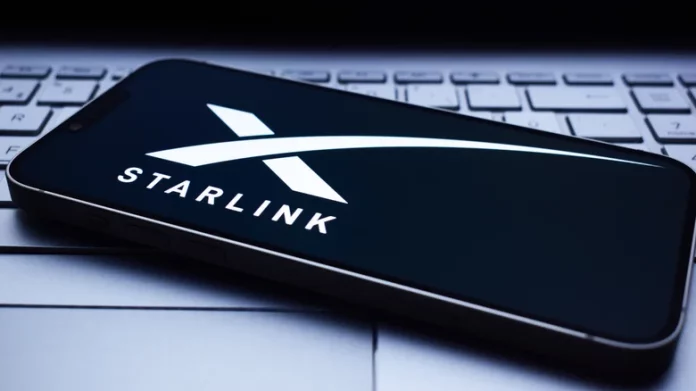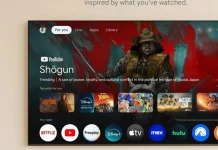When comparing Starlink and 5G internet, the better option depends largely on where you live and what kind of connectivity you need. Starlink’s satellite-based broadband delivers impressive speeds—typically between 100 and 200 Mbps for downloads with latency around 25–60 milliseconds. According to Starlink’s July 2025 network update, its median U.S. download speed reached nearly 200 Mbps across more than 2 million customers during peak hours. That’s a substantial leap from traditional satellite internet, though it still trails top-tier fiber or 5G networks in ideal conditions.
Starlink’s performance, however, depends heavily on geography and environmental factors. Users in rural or open-sky locations generally achieve consistent speeds, while those in forested or urban areas may experience slower connections due to signal obstructions like trees or buildings. Weather can also intermittently affect performance, though not as drastically as older satellite systems.
5G’s Edge in Coverage and Speed
5G thrives where Starlink struggles—dense urban or suburban environments. With strong mid-band or mmWave coverage, 5G routinely delivers 200–2,000 Mbps on modern smartphones and home routers, along with lower latency that benefits gaming, video calls, and cloud applications. However, its range is limited; step outside a coverage zone, and speeds can quickly drop to 4G LTE levels.
In other words, 5G wins in raw performance where infrastructure is strong, while Starlink bridges the gap in remote and underserved regions.
What 5G Is Truly Capable Of
5G technology encompasses several frequency bands—low-band for wide coverage, mid-band for balance, and mmWave for extreme speed. Because of this, the term “5G” can represent drastically different experiences depending on location. Under ideal conditions, 5G can achieve peak download speeds in the multi-gigabit range. In real-world use, U.S. averages tend to hover around 180–190 Mbps, though bursts above 400 Mbps have been recorded in optimal environments.
Upload speeds remain weaker than downloads, especially on mobile devices, though advancements like 5G Advanced are gradually improving uplink performance. Challenges persist in the form of coverage gaps, obstacle interference, and congestion, which make performance highly variable across networks and regions.
The Urban–Rural Divide
Ultimately, the Starlink versus 5G debate is less about which is faster on paper and more about which performs better in your surroundings. Starlink shines as a dependable broadband solution for rural communities and off-grid users who lack access to fiber or reliable mobile service. Its combination of respectable speeds and moderate latency offers a genuine lifeline for disconnected households—albeit with occasional interruptions due to weather or obstructions.
5G, meanwhile, represents the forefront of terrestrial connectivity. It excels in urban environments with established infrastructure, offering lightning-fast speeds, minimal latency, and mobility that Starlink can’t match. Yet its benefits fade quickly outside populated areas.
Verdict
Starlink is the clear winner for users beyond the reach of 5G or fiber, providing stable, modern broadband virtually anywhere with a clear view of the sky. In contrast, 5G dominates in dense coverage zones, delivering superior performance and responsiveness for those living in cities and suburbs. For households fortunate enough to have access to both, the decision ultimately comes down to reliability and consistency within their daily environment rather than sheer speed.





